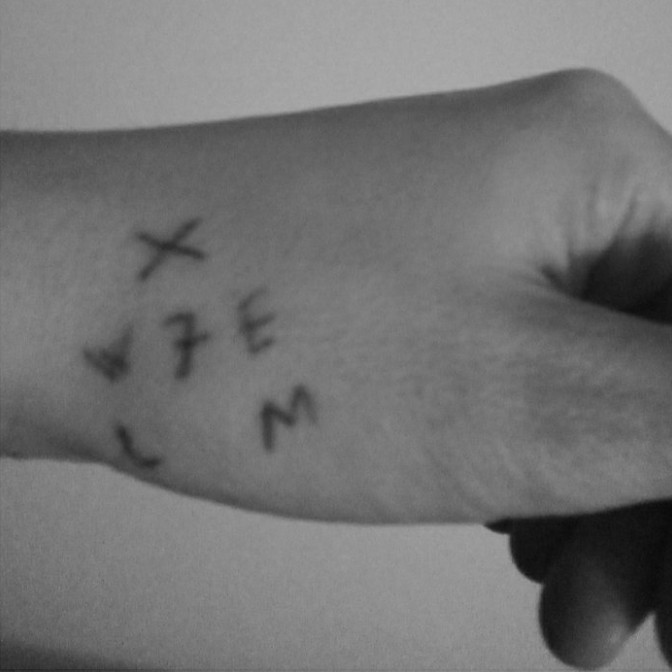Die französische Komponistin Méryll Ampe bringt Anfang November ein neues Album unter dem Titel “W7E” heraus, eine mehrfach überarbeitete, immer wieder in Noisegefilde kippende elektro-akustische Arbeit, die sie selbst als “a research with an experimental dimension, guided by notions that systematically translate a form of ambivalence, between inside/outside, micro/macro” beschreibt. Ferner sagt sie: “These intentions are vectors of the dynamics, reliefs, depths and rhythm. My training as a visual artist also leads me to go through mental images (such as a steep landscape, a boiling organism, an organic matter) which will then find a sound form, states that I would describe as syncope, sound effluvia, abrasive arrhythmias. I look for a form of plasticity in the sound medium, and that this energy become a living matter.“ Das Album erscheint auf CD bei Misanthropic Agenda.
“A multitude of processes, techniques, and forms unfold and unfurl within the work of Méryll Ampe, an intermedia artist from Paris working through sound, sculpture, and installation using a wide assortment of materials. What is immediately striking about Ampe’s work is the vibrant, non-linear approach to electro-acoustic composition. Here on the debut for Misanthropic Agenda, Ampe liberally reconfigures / deconstructs / genetically mutates all sources: hydrophone recordings of vibrations through skin, analog synths, tape machinations, sequencing programmed through algorithmic variability, and plenty of digital processing
This multi-dimensional overlay through composition telescopes in and out of the body (not necessarily always a human body, it should be noted), through a connectivity with technology that can influence psychological states of being. The work addresses liminality, transitory slippages, and quantum theories of a particle being the two separate places at the same time. If that can occur at the atomic level, why not through sound? W7E stands as a dynamic, polydactyl album reflective of the aesthetics (if not concepts) of Keith Fullerton Whitman, Francisco Meirino, and Bernard Parmegiani.” (Jim Haynes)
Porträt © Bérangère Fromont

